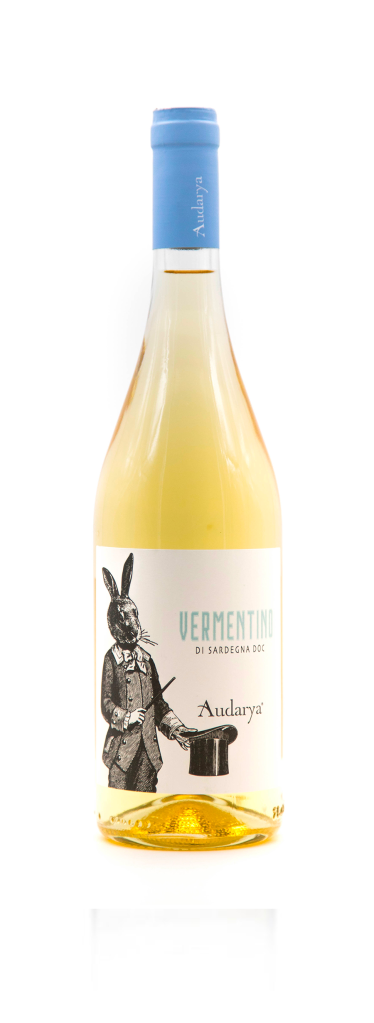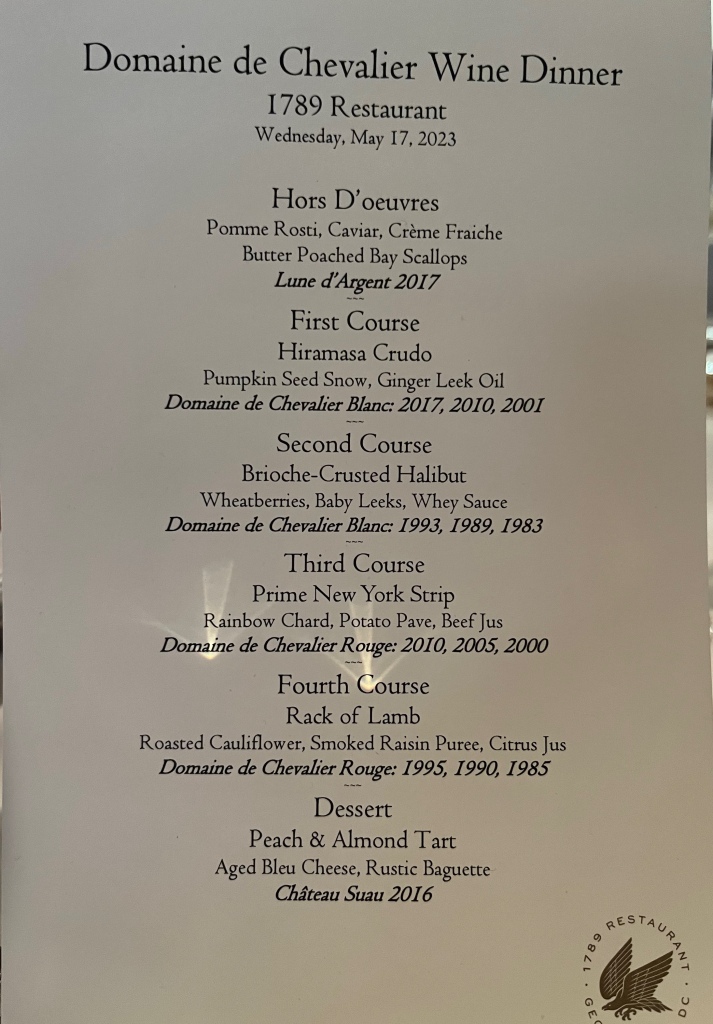Hello again.
It’s been a while since I’ve posted here. There are several reasons for that, mostly personal. Mainly, I wanted to focus my energy on my Washington Post wine column, which reaches a much wider audience and, well, it pays. But The Post still mentions this blog in the tagline of each column, and my wife keeps chiding me to take that out because I don’t post here any longer. Every now and then WordPress notifies me that someone has subscribed to the blog, and that tells me there is still interest out there. Some friends have also asked me about WineLine.
So here we are. Maybe it’s time to bring Dave McIntyre’s WineLine back to life. It’s always been a zombie. I started it in late 1998 as an email newsletter when my gig at the time, Sidewalk.com, dried up because banner ads hadn’t been invented and no one could yet make money from a website. This was before the word “blog” was coined, or maybe around that time. Robin Garr was kind enough to host my humble little newsletter on his WineLoversPage website for a few years. I went to Blogspot, then Typepad, and finally WordPress. Will I migrate to Substack, like the rest of the world? Perhaps. I like Substack. It’s a writer’s community. I might not feel so lonely there.
I’m reviving WineLine — or at least restarting it, I hope it will be vital enough to continue — because there is more to write about than I can fit in my column. Wines that are delicious but perhaps too small production or more expensive than my target range for a weekly newspaper column. Or just more wines than I can include in my current format of three recommendations per week. My reactions to wine news, articles, silly brouhahas on social media. Most importantly to me, local news about Virginia, Maryland and the “Other 47” — a focus that defined my early wine writing but no longer fits in The Washington Post’s current self image as a “national” publication.
So what will you get with the “new” Dave McIntyre’s WineLine? Nothing polished. If I had a media team helping me, or if I’d simply gotten my act together, I’d have several weeks or months of posts ready to go so I could keep feeding you a stream of brilliant wine writing. But no. The only Force that is with me is inertia. You won’t get self-promotion; I’ve never been good at that. Content will be irregular, but it will be spontaneous, heartfelt and honest. Unvarnished (as in, my wonderful editors at The Post won’t be here to save me from myself). Humorous, I hope. Thought provoking, even. Sometimes just “Hey! Try this!” You may get a rant, but I hope no whine. (See what I did there?) Think of these not as posts or articles, but as letters to a fellow wine lover.
I hope you will enjoy it. Most of all, I hope you will let me know if you enjoy it, by posting in the comments. That’s the only way I’ll know if I’m reaching anyone or just talking to myself. Maybe we can get a good conversation started over a glass of nice wine.
All best for a wonderful 2023 vintage for you and yours. And thank you for waiting.
Dave









You must be logged in to post a comment.